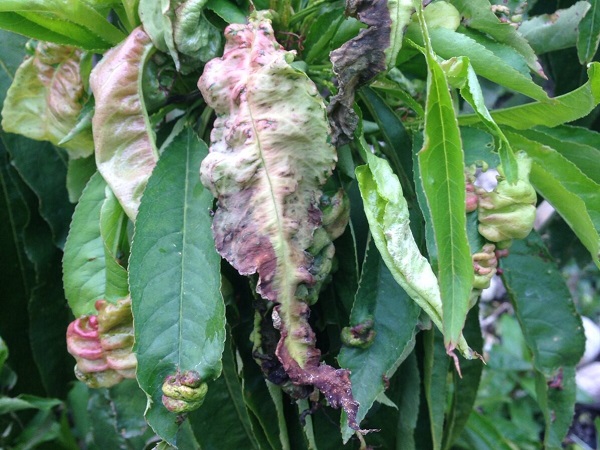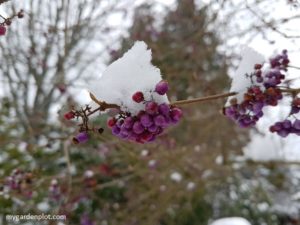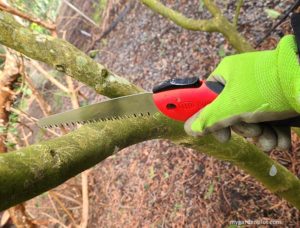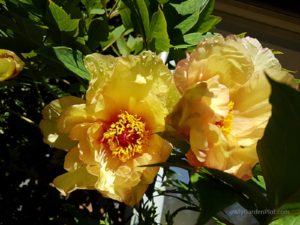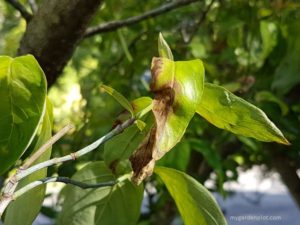What Is Peach Leaf Curl?
Peach leaf curl is a fungal disease that affects peach and nectarine fruit trees. It can also affect almonds and apricots as well as other ornamental (flowering) Prunus species. Peach leaf curl is caused by the fungus Taphrina deformans. The following provides information on how to control and prevent peach leaf curl from affecting your peach and nectarine fruit trees. Using a peach leaf curl treatment and having an annual management plan is necessary to control the fungus. If possible, it is always best to select peach and nectarine cultivars tolerant of the disease.
RELATED TOPIC: How To Grow And Prune Peach And Nectarine Fruit Trees
How To Identify Peach Leaf Curl Disease
It is easy to identify if peach leaf curl has attacked your tree. In spring, new leaves infected with this fungus will blister red and purple and become distorted. Then turning greyish and brown before the leaves finally drop off prematurely. Interestingly, subsequent new leaves will not be affected and will look normal for the remainder of the season.
What Causes Peach Leaf Curl Fungus To Thrive
The peach leaf curl fungus favours cool, wet conditions, and the spores can be spread by wind and rain. Due to the ideal climatic conditions in our coastal region of the Pacific Northwest, this fungus plant disease is common. Most peach leaf curl infections may be mild to moderate, and while obviously disfiguring, it will not kill the fruit tree. But if not controlled, it can weaken the fruit tree and stress it over time. With an annual maintenance plan, it is relatively easy to manage recurrences of peach leaf curl.
Peach Leaf Curl Treatment And Control
The spores of the peach leaf curl fungus overwinter in crannies of the bark and between bud scales. There it remains dormant until cool and wet conditions in spring present the fungus’ ideal environment to develop. To prevent peach leaf curl infection, spray your tree with a dormant oil solution, a mix of horticultural oil and lime sulphur. Ease to use dormant kits can be purchased at your local garden centre. This solution should be applied in fall and again late winter or early spring before bud-burst. Any affected leaves should be removed and destroyed.

